6. Dead End (2004)
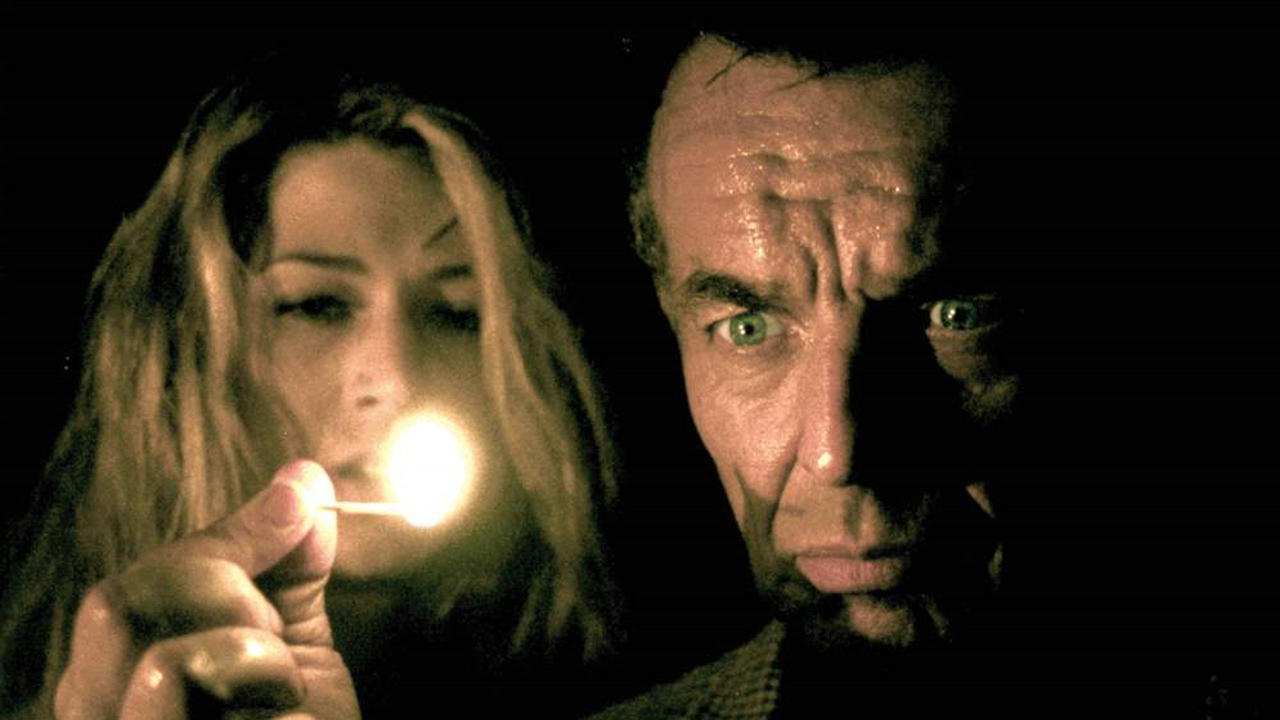
This horror comedy is particularly brutal affair, judicious in the use of gore, but unbridled in showing a family at its absolute worst. It’s an uninspiring premise of a family headed to grandmother’s house on Christmas Eve, that gets lost when Dad (Ray Wise) decides to take a shortcut. But the execution is genuinely inspired, playing like a Twilight Zone episode written by Harold Pinter and directed by Tobe Hooper.
The movie wisely avoids explaining the threat, using the unanswered questions to fuel the family squabbles: between mother (Lin Shaye) and father, teenage brother (Mick Cain) and grown-up sister (Alexandra Holden) and even Holden’s boyfriend (Billy Asher). There is a specific monster of sorts, as a mysterious woman in white (Amber White) appears and clearly is out for blood, but it never centers around her, or any “monsters” in the woods that flank this never-ending empty road.
Instead, most of the gags are built around the horror of family at the holidays and the forced cheer that’s required to drown out long simmering resentments. Lin Shaye walks off with the picture, as a matriarch with a secret wild side that finally waves her freak flag in the wake of this terrible Christmas. As the casualties mount, there’s a sense the movie is getting away from the filmmakers, Jean Baptiste Andrea and Fabrice Canepa, but they end on a fine note, if not a groundbreaking one. But for folks who dread the holidays, this may be a cathartic road trip worth taking.
7. Road Games (1981)
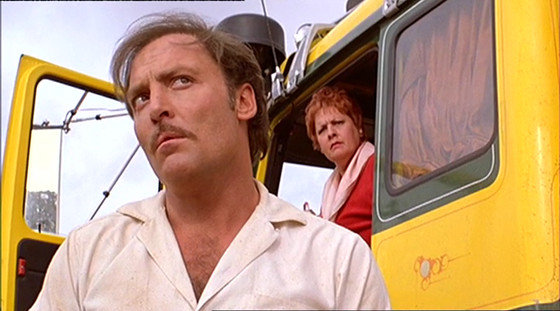
This began when Australian director Richard Franklin shared a copy of Rear Window with the screenwriter, Everett De Roche. De Roche came back with a riff on the Hitchcock classic, where that nosy observer is now a truck driver, and ended up starring Stacy Keach as an American trucker hauling meat in the Australian wilderness. In the opening moments, Keach notices a man driving a strange green van who stops to pick up a hitchhiker, takes her to a hotel room, and then watches as that stranger makes sure the hotel’s trash is picked up at four o’clock in the morning. Of course, his worst assumptions are correct.
But Franklin directs this with a number of stylish touches, that at times feel as adventurous as any of the pioneering music videos of the time, and he stages the open road mayhem in ways that would impress his fellow Aussie, George Miller. Keach eventually picks up Jamie Lee Curtis as a hitchhiker on the road, and once more, she livens up the damsel in distress as a smart, grounded girl that killers shouldn’t underestimate. Franklin knows how to pace this and finds little comic touches all along the way.
Its American stars no doubt helped fund the movie, but Franklin wisely treats them as outsiders in the Australian countryside, using that to isolate them further. The locals are keen to think the worst of them, giving them little refuge as the killer in the green van, who is a good local boy, gets a pass time and time again. Franklin does a fine Hitchcock impression here and would do so again by helming the unexpectedly accomplished sequel to the maestro’s own classic, Psycho.
8. Race with the Devil (1975)
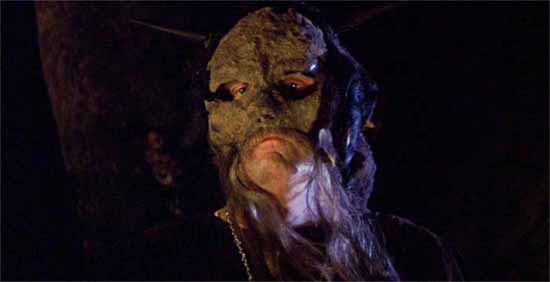
A fascinating snapshot of a culture in transition, this finds Peter Fonda and Warren Oats battling a satanic cult when all they wanted was to drive their RV up to Aspen for a ski vacation with their wives (Loretta Swit and Lara Parker). Fonda built his name off counterculture escapades for Roger Corman, but here he’s domesticated, or as domesticated as husbands were at the time, hanging with Warren Oats in his fun-loving grouch mode. Together, they run a successful motorcycle dealership and like so many Boomers, traded their beads and pot for booze and life insurance policies.
Early in their trip, Oats and Fonda are outside their RV, freezing their way through a bottle of Scotch, only to witness a Satanic cult in the distance sacrifice two beautiful women. There might be a temptation to let the movie unfurl as one long chase, with the cult pursuing them over the course of a single night, but after the cult attacks, they escape and reach the police. The cops are skeptical of their account, and the locals are uniformly unhelpful, with the phone lines knocked out everywhere they stop.
Rather than treat the cultists as warped versions of hippies, the movie casts respectable white folks as the devil worshipers, basically rural versions of those helpful neighbors in Rosemary’s Baby. And just like that, Peter Fonda trades in his counterculture card to play a normcore hero hoping to survive the folks that never tuned in, and dropped out. The director Jack Starrett had already proven his talent for B-movie pleasures by helming Cleopatra Jones, and as an actor in a string of sixties’ biker pictures, where no doubt he picked up skills for low budget car chases, pulling off a few genuinely inspired stunts. It ends on the nihilist note that was acceptable at the time, when hazy utopias were rotting away and the Satanists lived next door, not just at old movie ranches in California.
9. Duel (1971)
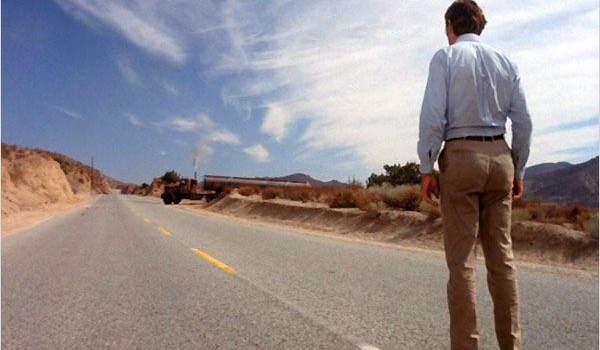
The granddaddy of this subgenre, it would be malpractice to keep this off the list. The unofficial debut of Steven Spielberg, it began as a TV movie until Europe realized its young director had produced a lo-fi masterpiece, and demanded an international version with extra footage. Based on short story by the legendary author Richard Matheson, Duel features Dennis Weaver as a traveling salesman hunted by a semi-truck, its windows tinted to hide the driver and recast it as a faceless creature of steel and speed.
Matheson adapted his own short story for the small screen and transcends it, by stripping out the salesman’s running monologue to focus on the cat and mouse moves of Weaver and the truck. Lore has it that Spielberg storyboarded the whole movie on the walls of his hotel room using cocktail napkins, and true or not, the chase is rendered immaculately, with Spielberg slyly building terror with camera placement and sound, creating a rich aural landscape of roaring engines, wind and squealing tires. It’s a formally adventurous work obscured by its subject matter, and rightfully stands as a “cult classic,” which is often a back-handed compliment for a movie that shouldn’t be nearly as interesting or accomplished as it is.
10. Vanishing Point (1971)
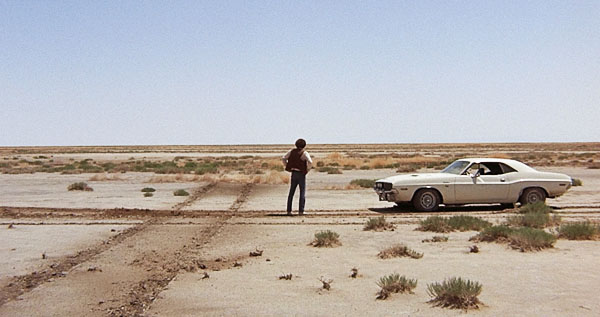
The open road may be a reliable threat in these movies, but not so long ago, it was also a refuge of sorts, a form of escape that might be worth the peril. A driver (Barry Newman) takes a job delivering a white Challenger from Denver to San Francisco in fifteen and half hours, and in racing the clock, runs afoul of the cops and ends up a kind of folk hero. The director Richard Sarafian wanted Gene Hackman or George C. Scott for the role, which if he got his way would most likely have warped the movie into an inoffensive picture in either of their filmographies, but the studio demanded he use Newman, and this relative unknown helped make this more than that.
Newman’s commitment to speed ends up feeling like a race from all the country’s neuroses, on full display in the early seventies as the US took a look at the social progress and upheaval of the sixties and elected Nixon to reverse it. Cleavon Little plays a charismatic radio DJ that knows what Newman’s mysterious driver can be to his listeners, feeding Newman tips about roadblocks and building him up as the last great American hero. It’s not hard to do, as the driver won the Medal of Honor in Vietnam, and was a cop who left the force rather than succumb to its corruption.
In a sense, Newman might be the vision the counterculture wanted for itself, brave enough to fight in a war, but refusing to do so; generous enough to wear a badge, but too noble to keep wearing it; and skilled enough to outrun the cops, but with no appetite for a crime that would make their pursuit justified.
Audiences know that heroes like this never end up in nursing homes, and there’s tension as to just what kind of blaze of glory will swallow him whole. The cast, littered with the terrific cameos from the likes of Charlotte Rampling and Dean Jagger, all help to define what Newman isn’t, which is the easier task. But its lack of specificity works like gangbusters here, elevating it to a mythic dimension that breaks free of pure period commentary.
We understand his need for that road, for leaving his life in the rear-view mirror, and letting the world define him as it chooses- as a deviant or a hero. It feels at once dated and timeless, as we’re now able to escape into screens without leaving our homes, and everyone is so very adamant in defining themselves. But here, we’re reminded how much pressing that gas pedal on the floor is a freedom, and an exhilarating one at that. In The Vanishing Point, the open road is still a threat, but a tempting one, where the reward might be worth the risk.